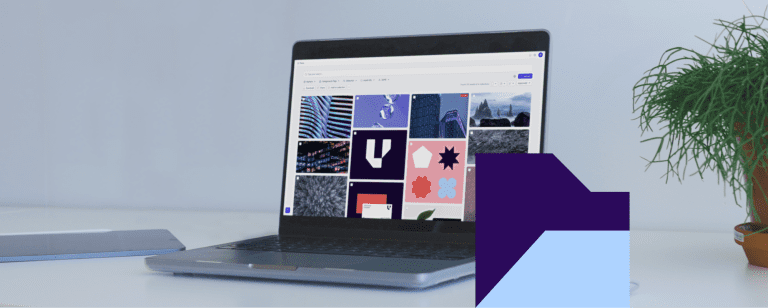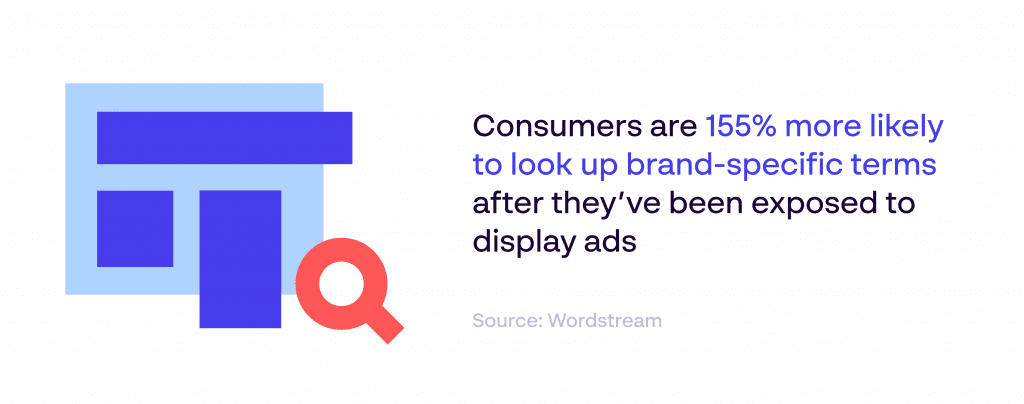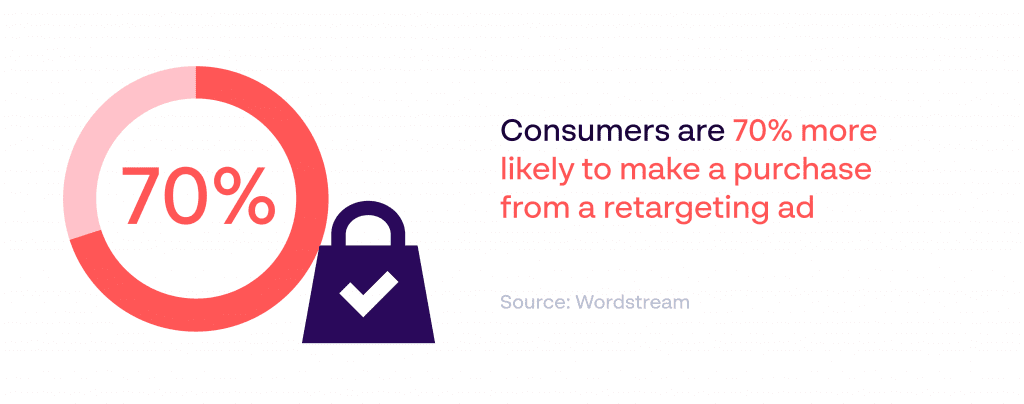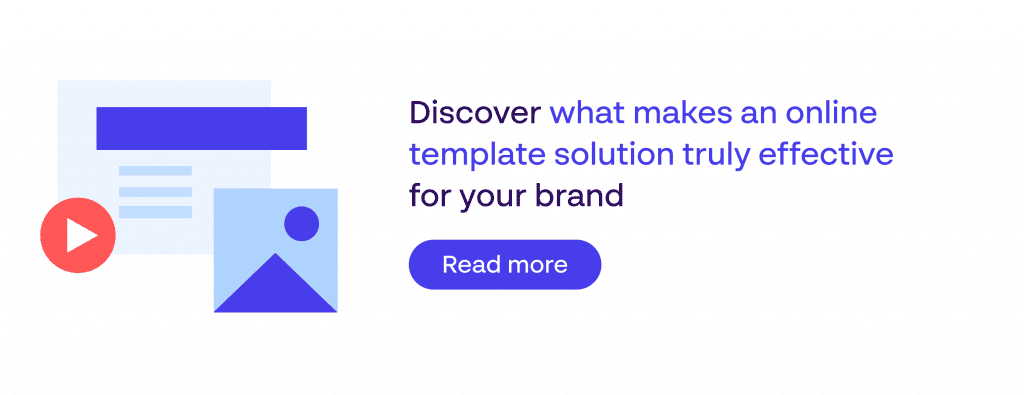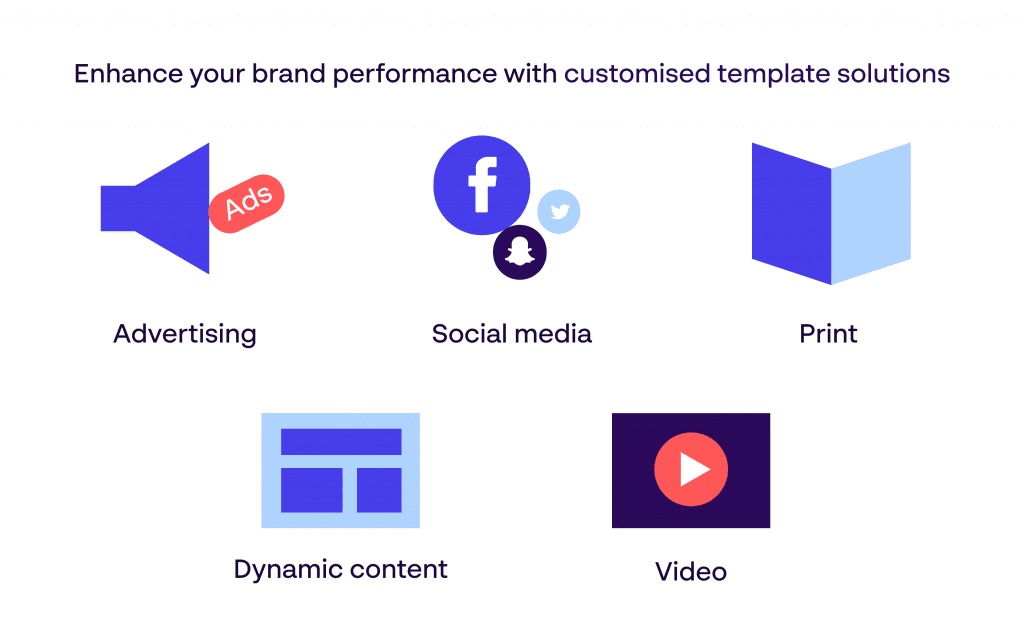1. Make sure your DAM system is up to the job
Having a central repository to store your digital content is essential for brands today in order to help you gain more control and higher productivity.
A modern Digital Asset Management solution (DAM) should be a cloud-based, Software-as-a-Service (SaaS) system, accessible to everyone without any plug-ins or desktop installations. Its search functionality should go beyond file names and it should be capable of handling all file types so that all media assets are both shareable and adaptable.
If the answer to any of the following questions is “NO”, there is room for improvement:
- Does your current system allow you to add any file type?
- Does it offer file format transcoding?
- Does it provide previews of any file type?
- Does your current system provide expiration and version control?
- Can files be adjusted within your DAM system?
- Can you create automated work-flows for easy use?
- Can you connect your DAM to a brand management platform or templates?
- Is it possible to integrate your system with Adobe, PowerPoint, CMS?
- Does everyone in your company have access to your DAM, or is the distribution of files done by email?
- Do you have the option of Single-Sign-On (SSO) to ensure easy access to your assets?
For more insight into whether the capabilities of your current DAM system are fit for purpose, read our article “Is your DAM letting you down?”
2. Your brand deserves a modern digital asset management system
Fortunately, switching up to modern digital asset management functionality is easier than you might think. There are several DAM providers in the market that can help you with this, but you need to think bigger than an easy-to-access image library.
An effective DAM solution is more than an image bank or file location. To meet today’s marketing challenges and tomorrow’s trends, you need a system that makes your life easier, while protecting your brand and its assets.


It’s crucial that you understand the value and importance of a modern, global DAM system in order to evaluate whether or not the system you currently use is good enough. A high-quality DAM solution will provide a “YES” to all the questions above and in addition, incorporate many key features:
- Powerful search functionality makes assets easy to find.
- Simple back-end administration that enables seamless maintenance.
- Two-way management that creates intuitive work-flows between marketing teams and other stakeholders such as photographers, creative agencies etc.
- Truly transparent asset control so you can have complete control over usage and asset performance.
- SSO enables trouble-free access control.
- File transcoding makes file maintenance simple. Upload the approved file and let the system do the rest. Your users will automatically have access to pre-set file types without having to upload all types separately.
- Pre-set crop settings that make file management a breeze. One single file can generate multiple formats based on pre-set crop settings. Flexibility for your users, easy maintenance for you.
- Assign administrators and control settings so only certain users can access, upload or delete particular files, or can only do so when permission is granted.
Your assets are the core of your brand identity and separates you from your competitors. Digital assets are valuable intellectual property that you have spent substantial resources on designing them. They deserve a solution that will effectively store and share them in order to boost efficiencies and keep brand consistency under control.
When assets are out of control, you lose brand identity momentum, resulting in brand dilution which will harm your business growth. It also gets harder to keep up with the fast-evolving Martech space which demands highly responsive and efficient coordination.
You need an effective digital asset management implementation solution that fulfills all your brand marketing requirements, streamlines your asset management processes, and increases overall business efficiency.


3. How to switch to a modern DAM
If you have identified that your DAM system is behind the times or not fulfilling your requirements as you would hope, making the switch to a better, more sophisticated alternative does not have to be difficult. But, there are some important considerations to take care of beforehand.
First, while you can drop all your files into a new DAM immediately, we always recommend an audit and clean-up first to make sure your digital assets are valid and usable.
Secondly, you need to know if you have all the assets your company needs to execute and grow your brand as intended. In other words, you want to make sure your DAM delivers the quality that everyone can rely on. When they do, this can secure long-term buy-in from your teams across the globe.
Here’s a handy checklist to help you with the migration process:
- Get a complete overview of all assets you want to have available in the new DAM. We always recommend an analysis and clean-up. First of all, you want to make sure your digital assets are valid and usable. Secondly, you need to know if you have all the assets your company needs to execute and grow your brand as intended.
- Group and categorise your assets using logic that suits your company’s requirements. Categorisation should be multi-leveled to deliver proper “search & find” abilities. Make sure you have the flexibility to tailor this and filter results based on numerous criteria, including:
– Media type
– Language and location
– Product or service
– Marketing channels
– Templates - Revise your assets and clean up. Exclude outdated and old assets and define what formats and crop/size dimensions you need your assets to be available in. You want to make sure your DAM delivers the quality that everyone in your company can rely on. When they do, you also secure long-term usage across your team, so it delivers a return on your investment.
- Drag and drop your files into your new DAM or upload in bulk. The right system should make this process straightforward to do yourself, or you can work with the provider to check whether they can fulfill this step on your behalf.
4. Gain even more control with Brand Activation Management
As the demands on digital assets continue to grow and organisations increase efforts to streamline brand strategy processes, a single-purpose DAM system may not be enough for modern marketers and you may want to think about evolving to a BAM solution.
There is no question that DAM systems carry several strong benefits to businesses, particularly those who have identified their struggles with managing and distributing their assets. However, if digital asset creation is as great or greater an issue for you than asset management, you may need to consider a more comprehensive solution.
Brands need to connect with their audiences over an increasing number of channels and mediums. The demands on content creation and brand activations are escalating. Meanwhile, more and more marketing teams are feeling the strain of budget cuts, staffing shortages, or reduced access to freelance support. This increases the pressure on not just asset management, but also asset creation.
- Large brands should be aiming to produce 4-5 blog posts every week for optimal brand awareness (Hubspot).
BAM solution has the capacity to centralise all digital assets into an easy-to-use, globally accessible repository. But unlike a conventional DAM system, BAM’s capabilities do not end there.


BAM provides complete control over how content assets are used and applied to campaigns, giving you the ultimate tools for brand governance.
BAM provides marketing teams with a more agile and cost-effective way to produce content. Intelligent templates lockdown brand consistency, and provide users with a simple, straightforward environment where they can produce high-quality assets quickly and easily.
This system keeps all variables within a predefined format, so that anyone can create, edit, and update assets without the risk of ruining your brand identity. This applies to digital and print formats – social media posts, HTML emails, posters, digital signage, videos, etc. All of this can be exported in the correct size and style quickly and easily.
5. Ready to unlock the potential of BAM?
If your company currently has fairly simple digital asset management requirements like getting to grips with the sheer volume of digital assets scattered across your various folders and files, a DAM solution will do the job perfectly well.
But, if you want to take your brand marketing to the next level and make the move from DAM to BAM, then you’re enabling your team with the tools, information and motivation to drive your brand performance forward across every market your business touches.
Discover more about BAM by Papirfly™ and give your team the power to create, educate, manage, store & share your brand like never before.
The best way
to manage your brand.
See it in action.
- Boosting revenues
- Doing more for less
- Activating brands on a global scale



